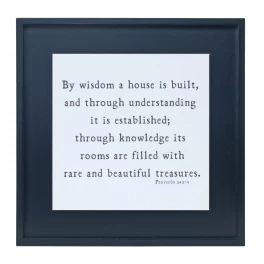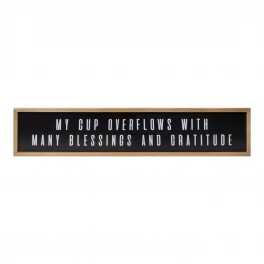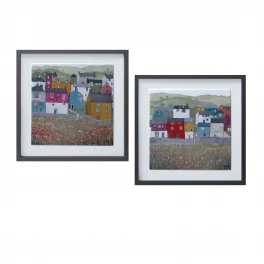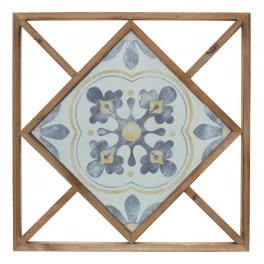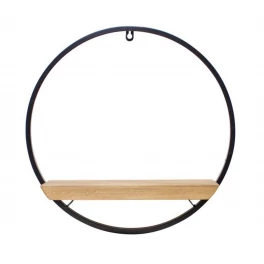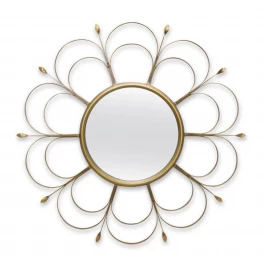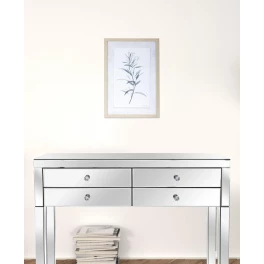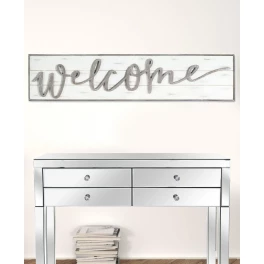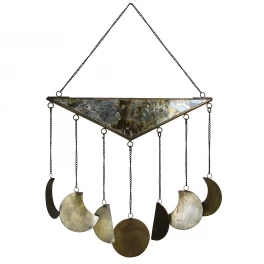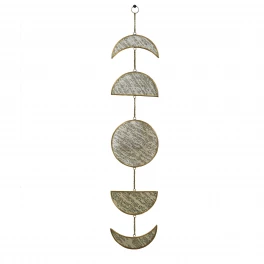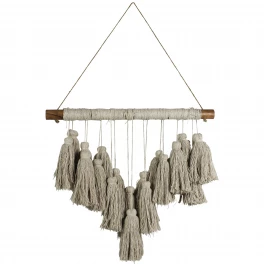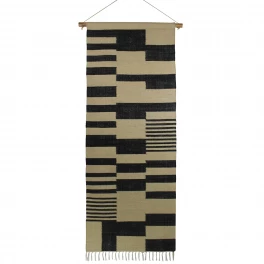One of the most versatile and fun tools in an interior designer’s bag of tricks is the vignette. But you don’t have to be a professional designer to be a master of the interior design vignette.
An interior design vignette is a visual scene created with a grouping of design accessories. Think of it as a bit of theater in which stories play out.
You can create a vignette around three basic themes: color, texture, and subject. Color and texture are obvious, but subject is broader. It’s like the topic of a book. Subjects can range from emotions you want to portray to something you love, like butterflies. It can also be a seasonal motif like a Christmas or Halloween display.
No matter what theme you choose, you need to follow five steps to create a successful vignette.
Step One: Choose a Backdrop
You can’t put a vignette in front of just anything. The backdrop must either add to or at least not detract from the vignette.
In the above photo, the golf print detracts from the impact of the dog subject vignette. It adds nothing to the tale being told, and it pulls the eye from the vignette’s scene.
The perfect backdrop is one that provides enough contrast (in either physical size, color, or subject matter) with the vignette’s objects while also complementing its purpose.
I’ll talk about purpose more in Step Four, but the aim of the vignette above is intended to be a tribute to a love of dogs and a heads up to people who enter the house that they’ve entered a “dog house” … a space in which their needs may be placed second to those of the resident dog. The new background joins this purpose, and its size contrasts with the vignette’s other objects.
Step Two: Designate a Main Character
Your main character in a vignette is the anchor piece, the one around which the other objects will cluster. In the dog vignette above, the main character is the photo of the dog catching a Frisbee. But the main character doesn’t necessarily have to be the tallest element of the scene.
In the above photo, the clock is going to have the most presence in the scene, which makes it the main character. Because this small vignette is created around the theme of playfulness, the merry-go-round clock gets to play the starring role.
Step Three: Pick a Supporting Cast
The supporting cast of a vignette are objects that relate to the main character. They should be in the same family (of color, texture, or subject).
The supportive cast can be too supportive, however, which you can see in the above photo. Because all the characters are blue and most are either glass or pottery, they are too similar, which creates a boring vignette.
A successful supportive cast includes a variety of characters that relate to the scene.
The addition of the wooden recipe card holder in the vignette above adds variety to the blue and pottery scene, but it’s still relevant because it fits the secondary kitchen theme of the story.
The same variety should be used in a subject vignette as well.
In the above photo of another dog vignette similar to that in Step One, all the characters are concretely dog-oriented. The scene needs some other characters so the story won’t be too boring.
The addition of the driftwood in the above vignette creates more interest to the story. The wood pieces aren’t dog characters, but they still fit the narrative (dogs love sticks of any kind).
Step Four: Give Them a Purpose
As I mentioned above, vignettes have a reason for being. So the characters you choose must have a shared goal.
In the above photo, the vignette’s theme is whimsy, similar to the playfulness vignette in Step Two. The whimsical owl is now the anchor, and the rest of the characters support that theme. Because the owl has more impact, it has knocked the clock out of the leading role. They all have an element of silliness or play, so they all have a reason to be part of the story.
Step Five: Connect Them Up
If the characters in a story don’t interact, there isn’t much story. The same is true in a vignette. You want your vignette objects to be grouped closely enough to create a sense of interaction between them.
Recasting some of the characters in other vignettes, I created the above vignette around the theme of wild animals. Notice how all the characters are intimate enough to suggest interplay between them.
If they’re not so friendly, however, the story loses its oomph. The above photo shows how a vignette can be like a novel with long, boring passages.
Step Six: Put Your Characters in an A-frame
The A-frame needed in a vignette isn’t the actual architectural A-frame style. I’m not talking about a house. I’m talking about a shape.
Your vignettes should be loosely created around an A shape. Or think of it as a triangle with the single point at the back. (This same shape works well for all design accessory placement.)
The A or the triangle doesn’t have to be long. Nor does it have to point toward the front of the display. It can lay sort of on its side.
In the photo above, you can observe that the A is at a bit of a slant, stretching out sideways. You can also see the asymmetry of the shape. This illustrates Step Seven, coming up below.
You can also have As within the A.
I created the natural elements texture vignette above to illustrate how you can have two As within the overall A of the full scene.
Step Seven: Let Them Play
Play is not an orderly thing. Neither is a vignette. A strong vignette is asymmetrical. You don’t want too much balance because that creates a static impression.
The symmetrical vignette above doesn’t engage the eye as actively as the other dog vignettes you saw in previous steps.
Asymmetry creates an impression of movement.
In the above photo, the asymmetry of the red vignette keeps the story in motion. (Note also that this vignette includes the rug. Vignettes don’t have to be limited to your design accessories.)
So are you getting an idea of how much fun you can have with vignettes? They’re play for your design elements. It’s sort of like writing or painting with objects.
If you follow the above steps, you can have a blast creating design vignettes in your everyday room décor and in your holiday decorating.
Have you created any eye-catching vignettes? What stories have you told with your design accessories?




